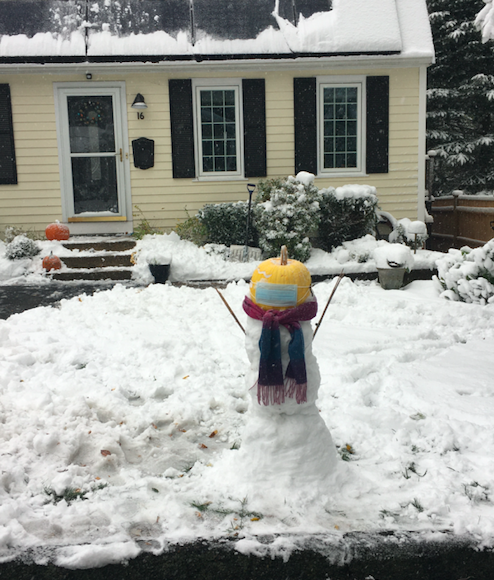By Adelaide Maloney ’22
On October 30th of this year, Beverly got its first snow of the season. The next week it was 70 ̊ outside. Typically, there is no snow on the ground until November or December. To have mild, 70 ̊ weather just a week after snow is incredibly irregular. It would be strange for early November without the snow. Over the years, these dramatic changes
in weather each week have become more and more common. If one weekend’s cold and icy, then the next is practically a mild summer’s day, it’s treated as a part of life in Beverly. Certainly, it’s become somewhat of a nuisance, but in the same way a blizzard or heavy rain is a nuisance.
In reality this isn’t some normal part of life, but rather a direct result of climate change. Just twenty years ago, that 70 ̊ day would’ve likely been only 50 ̊. December temperatures have also changed. Snow, for example, is far less common in this month than it has been previously. Even when there is snow in December, it melts within days, and snow often doesn’t stick around until January.
The climate in Beverly and the surrounding towns has dramatically changed within even the last two decades, and people have become used to weather patterns that
would have been unheard of in the past. In ignorance of such patterns, people grow complacent, so it is incredibly important to be mindful of how local weather has changed. This will allow people to better understand climate change and more effectively fight it.
Above: Snowmen looked a little different this year after the Halloween storm.



